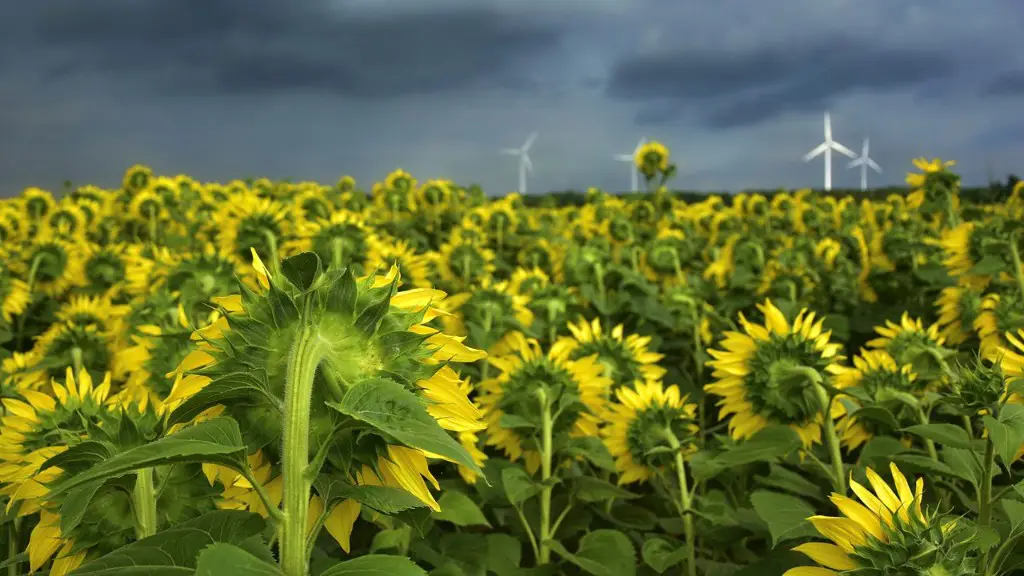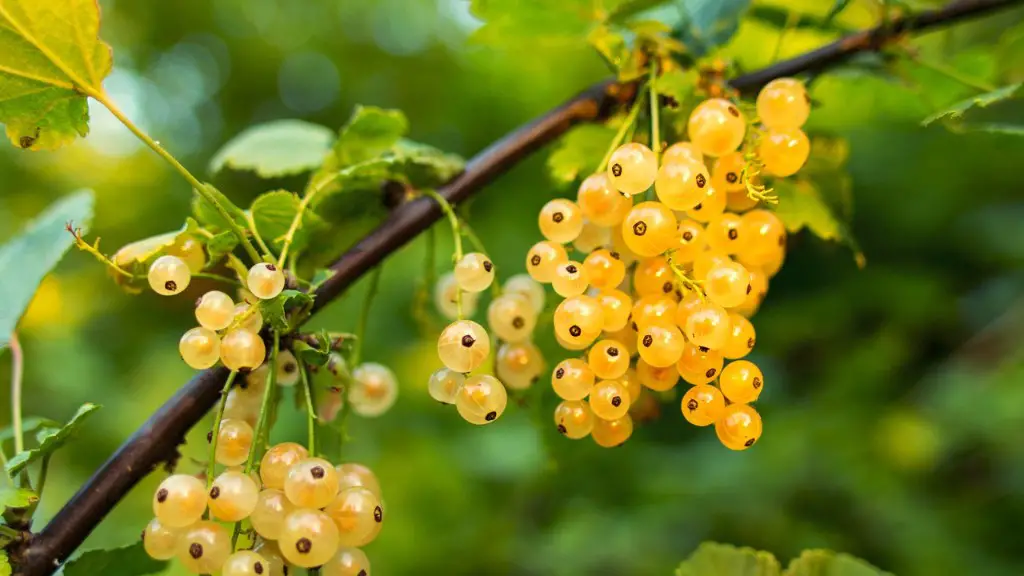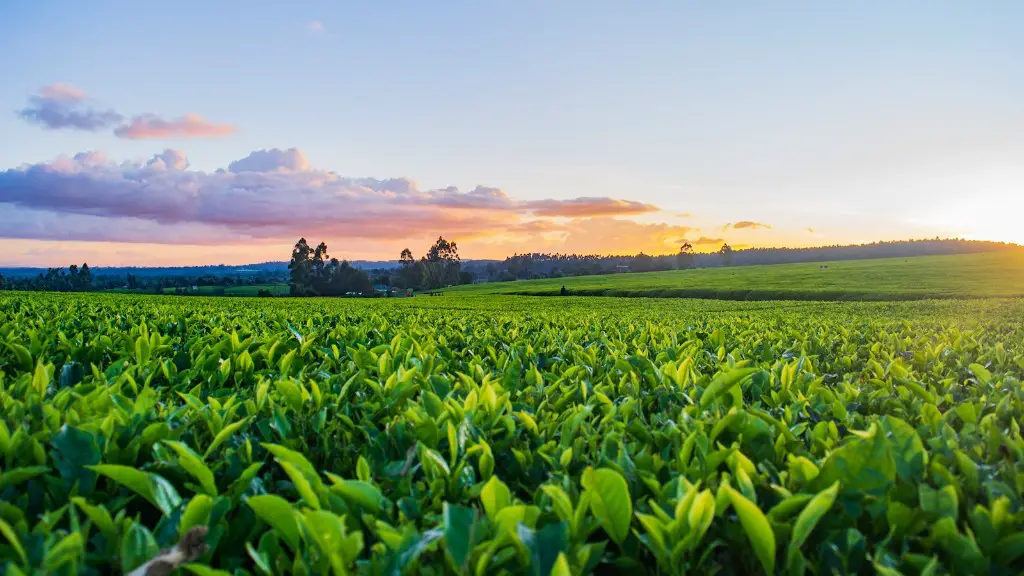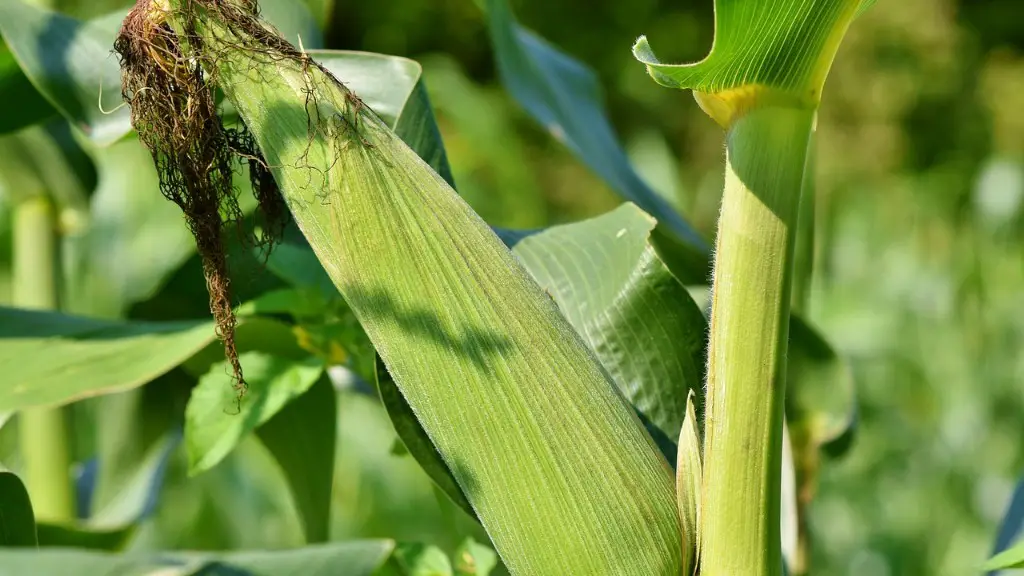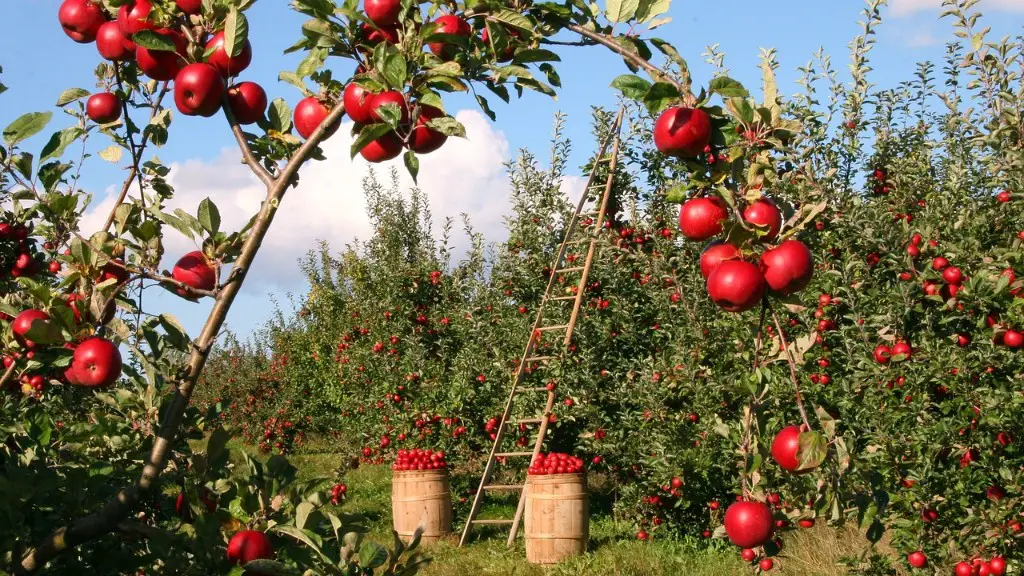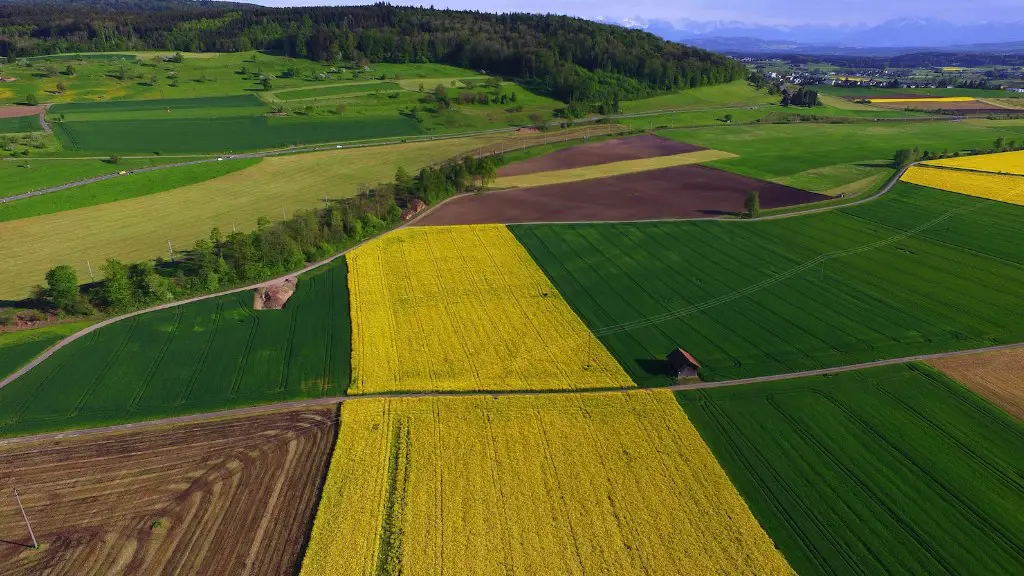Climate change is a major threat to agriculture in the Caribbean. Rising temperatures and changes in precipitation patterns are already affecting crop production, while increased frequency and intensity of hurricanes is damaging infrastructure and causing losses in crop and livestock.
Climate change will affect agriculture in the Caribbean in a number of ways. One is through changes in temperature and precipitation, which will impact the length of the growing season and the type of crops that can be grown. Additionally, sea level rise and more extreme weather events will increase the risk of crop damage andlosses. Salt water intrusion into coastal aquifers will also degrade the quality of fresh water available for irrigation. All of these impacts will create challenges for farmers in the Caribbean as they adapt to a changing climate.
How does changes in climate affect agriculture?
Climate change is expected to cause annual variations in crop production to increase due to changes in weather patterns and increases in extreme weather events. Soil and water quality and quantity are expected to decline due to increasing extremes in precipitation.
Sea level rise is a serious problem that can have a major impact on coastal areas. It can cause flooding and erosion, damage storm surge barriers, and decrease tourism. It is important to be aware of the potential dangers of sea level rise and take steps to protect your property and community.
What are the challenges of agriculture in the Caribbean
Climate change is one of the main challenges facing agricultural development in the Caribbean. The main impacts of climate change in the region include droughts, higher temperatures, lower precipitation, sea level rise and saltwater intrusion, increased intensity of cyclones, and shifting agricultural seasonality. These impacts pose serious threats to agricultural production and food security in the Caribbean.
The Caribbean is highly dependent on agriculture, with the sector accounting for a significant share of GDP and employment. Agriculture is also a major source of foreign exchange and food security in the region. The sector is therefore vulnerable to the impacts of climate change, which are already being felt in the form of more frequent and intense droughts, floods and hurricanes.
There is an urgent need for action to address the challenges posed by climate change to agricultural development in the Caribbean. This includes increasing investments in climate-resilient agriculture, improving water management, and diversifying agricultural production.
Agriculture is an important industry in many Caribbean countries, providing employment for 10 to 25 percent of the working population. Many Caribbean countries import more agricultural products than they export, however, producing food locally reduces the need to import food from other countries.
Does climate change destroy agriculture?
Climate change will affect agricultural production in NSW by changing the conditions that are suitable for farming. This may include new pests and diseases, and changing the areas that are suitable for farming. Farmers will need to adapt their practices to ensure that they are able to continue to produce food and fibre for the state.
The cost of inaction in terms of addressing the threat of climate change to the Caribbean is high. Projections indicate that losses could total US$22 billion annually by 2050. That figure represents roughly 10% of the current Caribbean economy. The cost of inaction is therefore high and the Caribbean cannot afford to wait to take action on climate change.
How does climate change affect food security in the Caribbean?
With climate change come more extreme weather events, which can lead to decreases in food availability and price gouging on limited products. Caribbean consumers are likely to be affected by these changes, as they may have to choose cheaper, lower-cost food options.
The economic cost associated with climate change is immensely high. Projections indicate that losses in the Caribbean alone could total USD22 billion annually by 2050. The figure is estimated at roughly 10% of the current Caribbean economy. This emphasizes the need for urgent action to mitigate the effects of climate change. inaction now will only result in higher costs down the line. Therefore, it is essential that Caribbean countries take steps to adapt to a changing climate and reduce their emissions.
Why is there a decline in agriculture in the Caribbean
In recent years, Caribbean agriculture has struggled to compete internationally, due in part to the removal of preferential access based on quotas for traditional crops, as well as increased pressure from globalization. As a result, production of many crops has declined significantly. In order to reverse this trend, it is essential that Caribbean countries take steps to improve the competitiveness of their agriculture sector. One way to do this is by investing in research and development, in order to improve productivity and increase the value of crops produced. Additionally, it is important to diversify the agricultural sector, so that it is not so reliant on a few key crops. Finally, it is essential to improve access to markets, so that Caribbean farmers can sell their products at competitive prices.
The agricultural production in the Caribbean has been on the decline for some time now. This is mainly due to the fact that the land tenure system in the region is not conducive to agricultural production. Moreover, the heavy dependence on export-crop monoculture has also contributed to the decline in agricultural production. As a result of this, some parts of the Caribbean are now dependent on imports of food.
What is the most serious problem hindering rapid agricultural development in the Caribbean?
In the Caribbean region, land access has been a major factor that has hindered agricultural development. The main issue has been the small size of islands and the high population levels, which have resulted in low ratios of land per agricultural worker. In addition, there has always been the problem of land tenure in the Caribbean.
The agriculture sector is one of the most important sectors in the country, and extreme climate events can have a significant negative impact on it. Hurricanes, floods, landslides, droughts and heavy winds can all damage crops, destroy infrastructure and disrupt transportation, which can lead to significant losses for farmers. In addition, extreme weather can also lead to livestock losses and increases in the prices of food.
What is the agriculture in the Caribbean
Caribbean agriculture has traditionally been focused on the production and export of traditional bulk commodities, such as bananas and sugar. In recent years, however, the region has diversified its agricultural output to include rice, coffee, and cocoa. This diversification has helped the Caribbean economy weather the ups and downs of the global commodities market, and has contributed to the region’s overall economic stability.
Climate change is expected to have a negative impact on crop yields around the world. Rising temperatures and carbon dioxide concentrations may increase some crop yields, but the yields of major commodity crops (such as corn, rice, and oats) are expected to be lower than they would in a future without climate change. This could lead to decreased food production, higher food prices, and increased food insecurity.
Where does climate change affect agriculture the most?
Climate change is having a major impact on farmers and agriculture across the United States. Flooding has become more common in many agricultural regions, due to both more extreme weather patterns and sea level rise. This has led to increased damage to crops, soil erosion, and infrastructure. Farmers are also having to contend with new pests and diseases that are spreading as a result of climate change. All of these impacts are making it harder for farmers to produce food and make a living.
Caribbean small island developing states face a number of challenges, including climate change, oil prices, poverty, crime, drugs, and financial markets. Cuba is particularly vulnerable to digitalization.
Warp Up
Caribbean agriculture is already facing many challenges, including climate change. The region is expected to experience more extreme weather conditions, including more hurricanes, droughts, and floods. These weather events can damage crops, disrupt transportation and supply chains, and lead to food shortages.
Climate change will also affect the quality of the soil and the availability of water for agriculture. The region is already facing water shortages due to the effects of climate change, and this is expected to continue. As the climate changes, some areas will become too hot and dry to support agriculture, while others will be at risk of flooding.
In order to adapt to these changes, Caribbean farmers will need to change the way they grow crops and manage their land. They will also need to invest in new technologies and infrastructure.
Agriculture in the Caribbean is highly sensitive to climate variability and change. The main impacts of climate change on agriculture are expected to be increased frequency and intensity of extreme weather events, along with changes in temperature and rainfall patterns. These changes will have serious consequences for food security, livelihoods, and economic development in the region.
